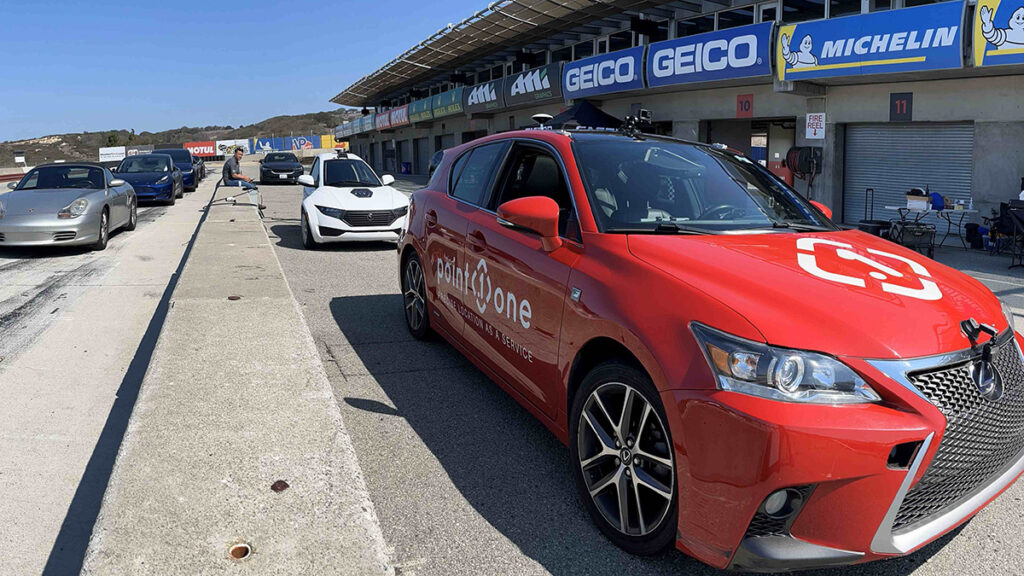Point One Navigation has unveiled an insightful case study titled “Faction: Accelerating Autonomous Delivery with Point One“.
Driverless delivery vehicles are on the brink of widespread adoption, but their success hinges on being safe, reliable, cost-effective, and, crucially, profitable. Faction collaborates with Point One Navigation to advance technology that will make autonomous last-mile fleets meet these essential criteria.
In this detailed case study, Faction’s CEO, Ain McKendrick, elucidates the reasons behind choosing Point One for GPS location services and outlines the company’s forward-looking plans.
Faction specialises in developing driverless vehicle systems for vehicle manufacturers, employing a mix of computer-controlled autonomy and remote human (TeleAssist) operators. This innovative approach is aimed at establishing driverless last-mile curbside delivery and logistics fleets. Working closely with OEM manufacturers, Faction integrates its autonomous systems into vehicles. The company is currently piloting its systems on small electric vehicles, targeting last-mile deliveries in bustling city centres and suburbs.
Challenge: making autonomy economically viable
The quest for fully autonomous vehicles has posed a significant challenge to the industry for nearly a decade. Most manufacturers rely on a blend of LIDAR, radar, computer vision, and GPS to enable their vehicles to perceive their surroundings and navigate safely. However, these systems often come with high costs and complex training requirements.
Faction has devised an alternative model that combines computer vision with precise GPS positioning and teleoperators. Vehicles equipped with Faction’s technology utilise standard video cameras for “seeing” and navigate using exact real-time GPS data. The key challenge was sourcing pinpoint GPS systems that were both affordable and scalable.
“Some GPS systems can be prohibitively expensive,” McKendrick remarked. “While they offer the necessary accuracy, their cost impedes their integration into economical driverless delivery vehicles. We sought a solution that was both precise and financially viable for large-scale deployment. Point One matches some of the more costly systems in terms of accuracy and reliability, yet comes at a more favourable price point.”
There’s plenty of other editorial on our sister site, Electronic Specifier! Or you can always join in the conversation by commenting below or visiting our LinkedIn page.
